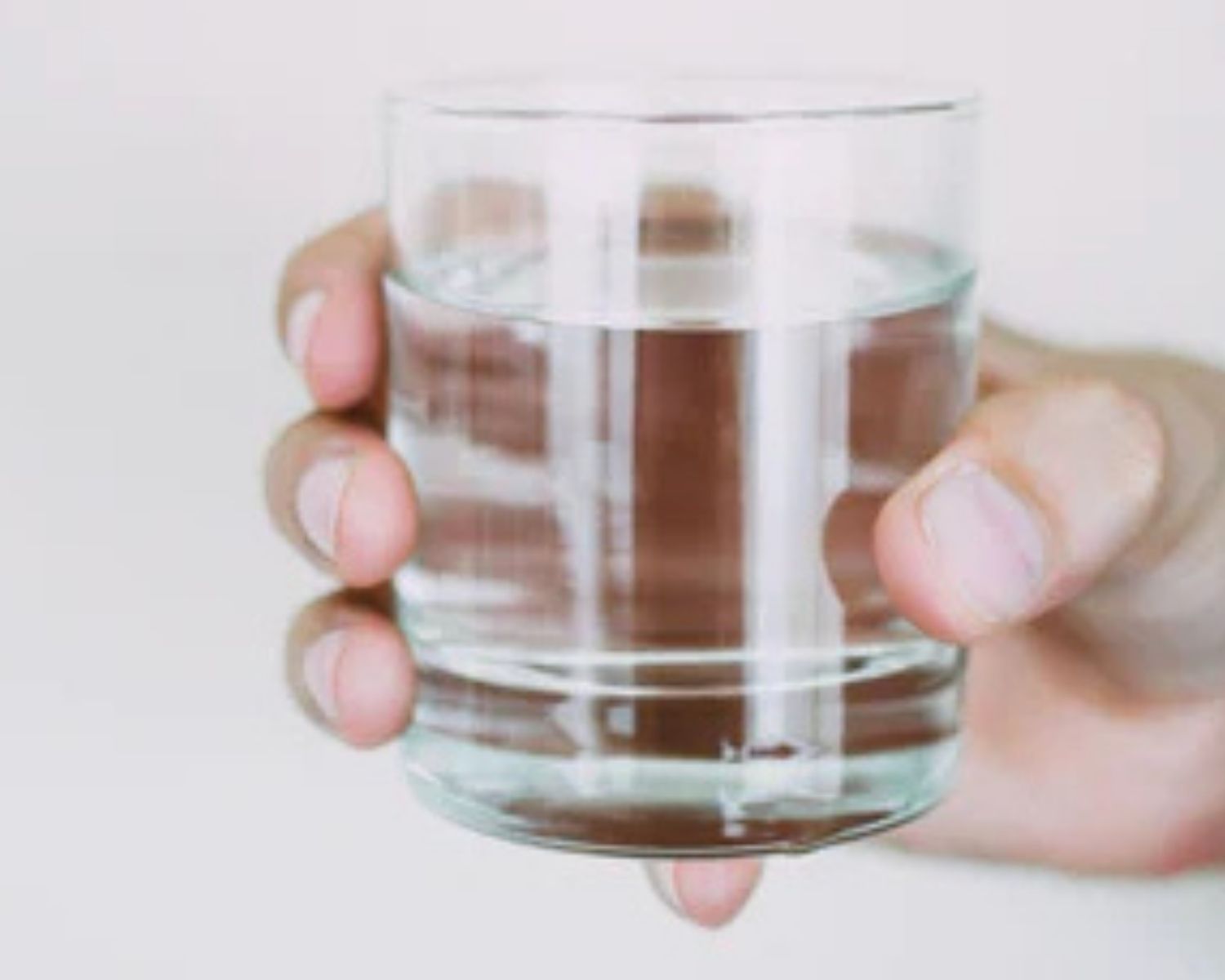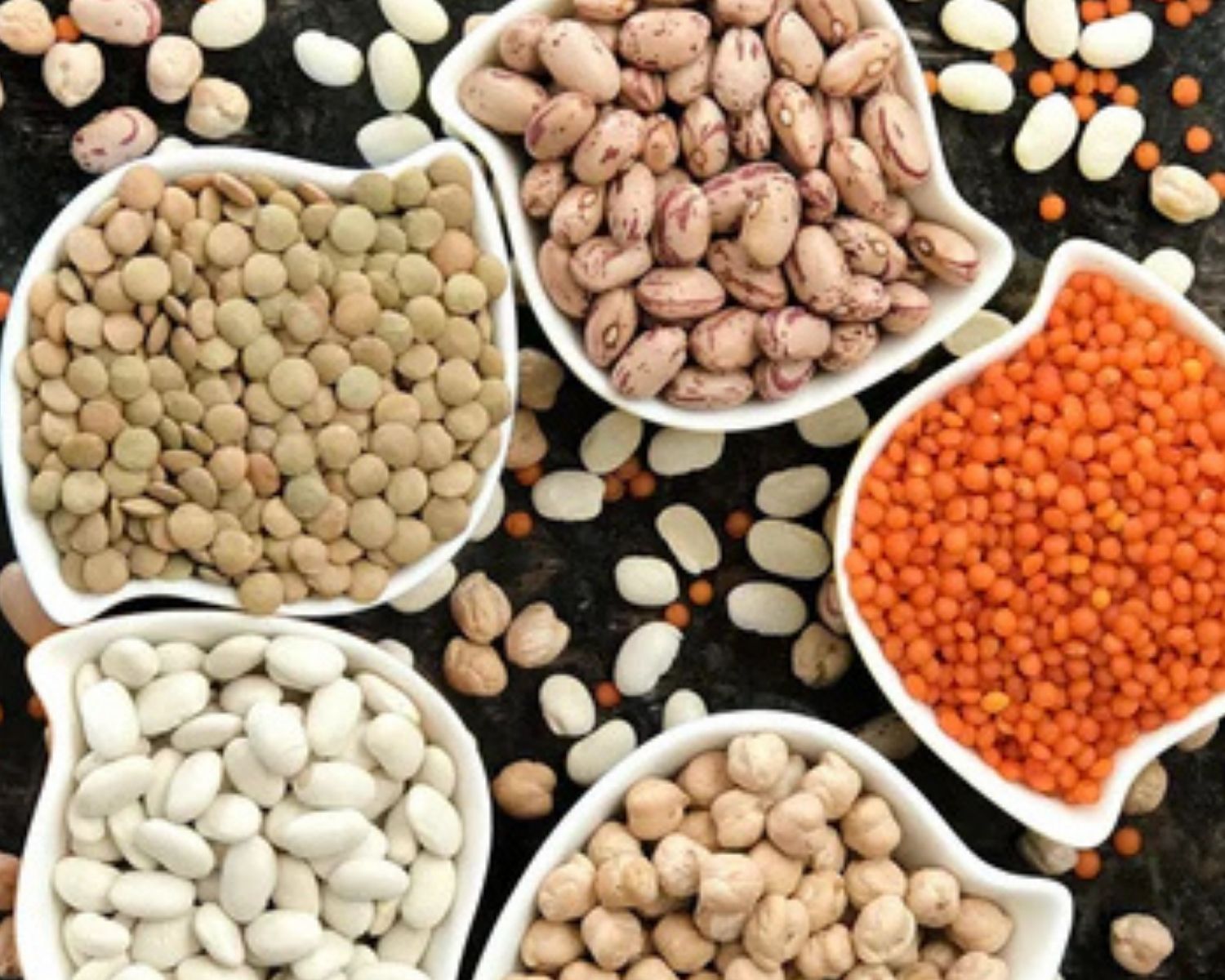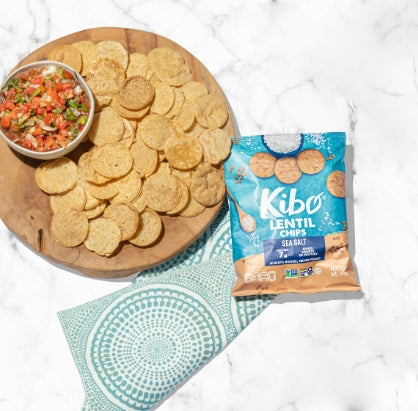The majority of human water consumption goes toward agricultural production: water for livestock, water for crops, water for crops for livestock. So if we want to conserve water, it’s important to take a look not just at how much water we’re using in our homes, but also at our “invisible” water usage as the result of what we eat. Ahead, how a plant-based diet can positively impact your water footprint and why we champion legumes.
What is World Water Day?
Clean, potable water is a resource we often take for granted in the U.S. Turn on a faucet, and out comes water ready to drink. Yet on World Water Day, we’re reminded that the world is facing a water shortage. According to the Water Footprint Network, water scarcity affects over 2.7 billion people for at least one month per year.
Our actions have an impact. Held on March 22 each year, World Water Day was started in 1993 in order to focus attention on the water and sanitation crisis to accelerate change.
Part of that is what we consume. “Water problems are often closely tied to the structure of the global economy,” says Professor Arjen Y. Hoekstra, creator of the water footprint concept—or the measurement of our appropriation of fresh water in volumes of water consumed or polluted. “Many countries have significantly externalized their water footprint, importing water-intensive goods from elsewhere. This puts pressure on the water resources in the exporting regions, where too often mechanisms for wise water governance and conservation are lacking.”
About 20% of our water usage in the U.S. is external. We have a major part to play in the world water equation, and switching to a more plant-powered diet is one way to start.
How does a plant-based lifestyle impact your water footprint?
Agriculture is the leading industry for water usage. The foods we eat require water to be cultivated, whether it’s drinking water for livestock or water for crop irrigation, pesticide use, crop cooling, and more. As humans, we require daily protein consumption, and the water costs add up quickly.
Animal products in particular are notoriously water costly. In fact, by switching to a plant-based diet, you could reduce your water consumption by up to 50%! It sounds drastic, but the proof is in the numbers. Producing a single pound of beef requires an average of 1,800 gallons of water to produce, while the same amount of tofu requires only 302 gallons of water.
Simple swaps, like starting with Meatless Mondays, avoiding red meat at first, or switching to dairy-free milk, can have a profound impact. When transitioning to a plant-based diet, it’s important to ensure that you’re meeting your recommended amounts of protein per day. With 6-7 grams of plant-based protein in every bag, Kibo chips are a tasty way to snack for the planet and sneak more protein into your diet.
How does eating legumes and pulses impact your water footprint?
Pulses (or the seeds of legumes) like chickpeas and lentils are impressively water efficient compared to other sources of protein. Essentially, they drink water from a shallower depth, which leaves more water deep in the soil for the next crop, increasing the water efficiency of the entire crop rotation.
With their broad genetic diversity, pulses also include climate resilient varieties. Not only as a dried, shelf-stable product, but also as the crop itself, they’re much hardier than most other plants. Pulses are able to withstand severe weather like droughts, where other crops fail.
At Kibo, our snacks are proudly plant-centered to help you meet your protein goals while limiting environmentally-compromising animal products. The legumes that star in our chickpea and lentil chips require a fraction of the water that most other traditional protein sources need. By transitioning to a mostly plant-powered diet, we can drastically improve our water usage footprint!
What are some other ways to lower your water consumption?
Aside from food production, there are plenty of ways we consume water directly and indirectly. Another major “invisible” contributor to your water footprint includes the clothes you wear. The textile and garment industry is responsible for a large percentage of water usage and water pollution globally, so it’s always good to reduce your consumption of fast fashion clothing or shop secondhand when possible.
Then there’s the water we use every day in our homes. While conserving water domestically won’t necessarily affect water scarcity abroad, it still has an impact on the environment and your community. Water-saving techniques can save your household money and help divert less freshwater for a healthier environment. Because it takes energy to treat, heat, and pump water, when you save water at home you’re also helping reduce carbon emissions.
Here are some ways to save water at home:
- Consolidate dirty dishes into one container to soak
- Challenge yourself to take a shorter shower
- Turn the tap off while brushing your teeth
- Limit baths and only run them half full
- Dump last night’s bedside water into your watering can or dog bowl
- Fix leaky faucets ASAP
- Get a home water audit
- Use rice and pasta water for plants and dirty dishes
- Create a rain garden or use a rain barrel for gardening
- Only run the washer once it’s full
We hope this has been a helpful guide to why water conservation matters, how our lifestyles enter into that, and how we can all play a part by eating more plant-based proteins like chickpeas and lentils. Water is one of our most precious resources, and we're not about to let a drop go to waste!
Sources:
https://www.worldwaterday.org/
 Reviews
Reviews






